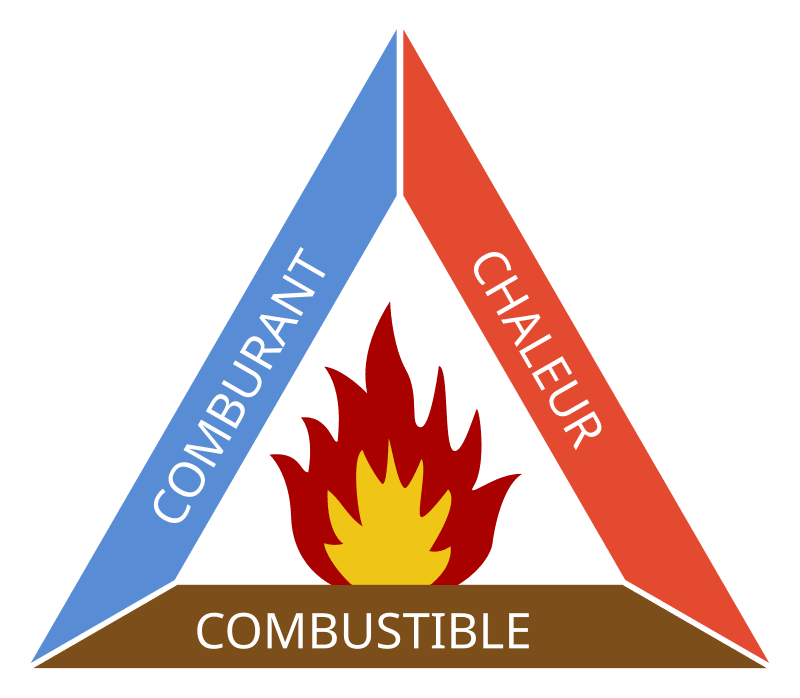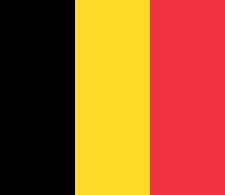What are the different types of fire and their characteristics?

Fire types are classified according to the materials that fuel them and their specific characteristics. The classification of fires enables us to identify the most effective extinguishing methods for each type. Here are the different classes of fire and their characteristics:
1. Class A lights :
- Characteristic: Fires of solid materials of organic origin.
- Examples: wood, paper, fabrics, cardboard, plastics.
- Behavior: These materials burn, forming embers.
- Extinguishing media: Water is particularly effective for this type of fire, as it cools and moistens materials, preventing flames from spreading.
2. Class B lights :
- Characteristic: Flammable liquid fires.
- Examples: Gasoline, petroleum, solvents, oils, greases, alcohols.
- Behaviour: These fires burn rapidly on the surface of the liquid and spread easily.
- Extinguishing media: foam, powder or CO₂ are the most effective media. They deprive the fire of oxygen or create a barrier that prevents the formation of flammable vapors.
3. Class C lights :
- Characteristic: Flammable gas fires.
- Examples: Natural gas, propane, butane, methane, acetylene.
- Behavior: These fires can be explosive if confined, and are often difficult to control.
- Extinguishing media: CO₂ or dry powder are used for this type of fire. However, the priority is to cut off the gas supply to prevent combustion.
4. Class D lights :
- Characteristic: Flammable metal fires.
- Examples: magnesium, aluminium, titanium, sodium, potassium.
- Behavior: Metal fires sometimes react violently with water or other conventional extinguishing agents.
- Extinguishing media: Special powder for metal fires (D powder) is recommended, as it isolates the metal from contact with oxygen.
5. Class F lights :
- Characteristic: High-temperature grease and cooking oil fires.
- Examples: frying oils, edible fats.
- Behavior: This type of fire develops at very high temperatures and is difficult to control with conventional extinguishers.
- Extinguishing media: Specific neutralizing agent-based extinguishers (extinguishers based on special additives such as foaming agents) are required to prevent splashing and fire intensification.
6. Electric lights (formerly class E) :
- Characteristic: Fires caused by live electrical equipment.
- Examples: household appliances, computers, electrical circuits.
- Behavior: The main risk is electrocution if inappropriate extinguishing agents are used.
- Extinguishing media: CO₂ or powder are recommended, as they don't damage appliances and cut oxygen to the fire without conducting electricity.


